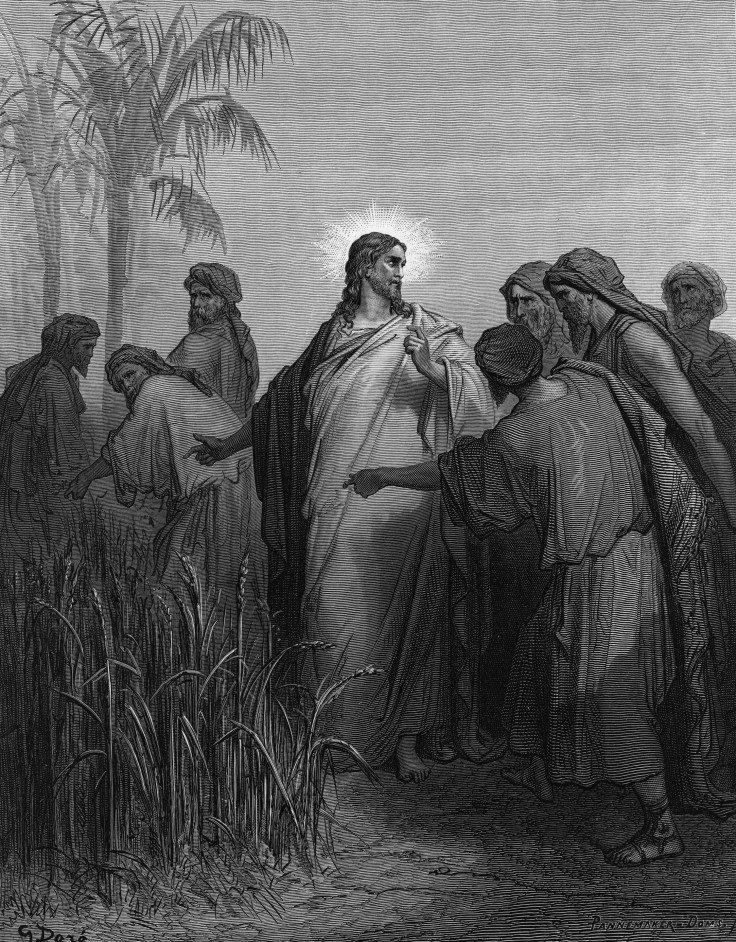Archaeologists Find Ancient City Where Jesus Christ’s Apostles Were Born

Archaeologists may have found the lost Roman city where three apostles of Jesus Christ lived.
A team found a Roman-style bathhouse on the north shore of the Sea of Galilee in Israel that could be a remnant of Julias, the city that Peter, Andrew and Philip called home, Haaretz reported. The bathhouse, uncovered at a site called el-Araj in the Bethsaida nature reserve, suggests that there was once a city in that location, as opposed to just a fishing village, which backs up information from the first-century Jewish historian Josephus Flavius — he wrote that the Jewish monarch King Philip Herod, son of Herod the Great, turned the Bethsaida fishing village into a Roman city.
Read: Does DNA Prove the Bible Wrong About the Israelites Destroying the Canaanites?
That city was later named Julias after Julia Augusta, mother of Roman Emperor Tiberius.
“Josephus reported that the king had upgraded Bethsaida from a village into a polis, a proper city,” Mordechai Aviam, from Kinneret College, told Haaretz. “He didn’t say it had been built on or beside or underneath it. And indeed, all this time, we have not known where it was. But the bathhouse attests to the existence of urban culture.”
There were already ruins at the site from the Byzantine Empire, which rose from the eastern half of the ancient Roman Empire after the western half collapsed. But the bathhouse ruins more than 6 feet below them, from the Roman Empire between the first and third centuries, are a more recent discovery. There were also pottery artifacts and coins uncovered, according to Haaretz.
Bethsaida was founded in the 10th century BC, well before Jesus came onto the scene. It appears in the New Testament as a place where Jesus performed miracles — like healing a blind man — and where Peter, Andrew and Philip were born. The former two were brothers, and were tied to one of the more famous passages in the Bible, describing how the pair became disciples: Jesus saw Peter, who was then called Simon, and Andrew fishing in the Sea of Galilee and called out to them, “Follow Me, and I will make you fishers of men.”
Bethsaida means “house of the hunt” in Hebrew, according to Israel’s Ministry of Foreign Affairs, and archaeologists have been excavating the area for decades looking for clues about its history.
Read: Archaeology Shows Babylon's Destruction of Israel in the Bible Is True
Haaretz says the archaeologists’ discovery of glass mosaic tiles at the historical site might also indicate that a “wealthy and important church” existed there. That would match up with a Bavarian bishop’s itinerary from a trip to Israel in the year 725, in which he visited “a church at Bethsaida that was built over the house of Peter and Andrew.” The bishop, Willibald, was from Eichstätt, which today is in southern Germany.
The exact location of the city was lost at some point after Willibald’s visit, and there was debate about whether the city Julias had actually been built on top of the fishing village Bethsaida or simply nearby. The changing levels of the Sea of Galilee over the centuries added to the confusion.
© Copyright IBTimes 2024. All rights reserved.





















